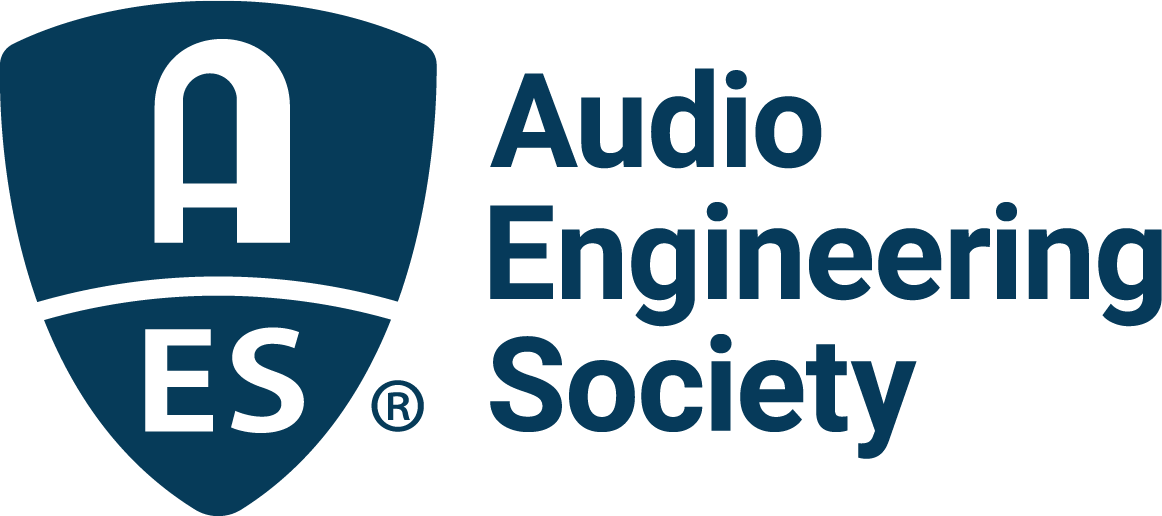
Status

Organizer
APEI
Website
https://audioproducteducationinstitute.org/The Audio Product Education Institute (APEI) is an initiative of the Audio Engineering Society (AES) that is committed to furthering the knowledge and skills of professionals involved in the development of audio products. APEI will focus on promoting methodologies, practices and technologies involved in developing and bringing audio products to market.

Organizer
APEI
Website
LinkThe Audio Product Education Institute (APEI) is an initiative of the Audio Engineering Society (AES) that is committed to furthering the knowledge and skills of professionals involved in the development of audio products. APEI will focus on promoting methodologies, practices and technologies involved in developing and bringing audio products to market.
Tags: Modeling and Measurement
Speakers and Microphones: Simulation and Testing
The Audio Product Education Institute (APEI) presents a webinar on modeling and measurement, focusing on exploring multiphysics simulation of the spatial response of speakers and microphones, and the different echo metrics that are used in voice quality testing. Speakers from COMSOL, the multiphysics and acoustics simulation software company, and HEAD acoustics, one of the world’s leading companies for integrated acoustic solutions as well as sound and vibration analysis, will share their experiences in two separate sessions, followed by time for questions.
Providing another learning opportunity on the use of simulation and measurement solutions for audio product design, this webinar will detail the ability to predict and understand the spatial response of microphones as well as the spatial response of loudspeakers, an increasingly important function when developing modern consumer audio products. Feedback and echo cancellation plays an important role in these products, and the ability to predict and reduce feedback in the transmission path from source to receiver is very important. In this session we will look at ways to model both the source and the receiver responses, using techniques such as reciprocity, as well as the full feedback path. Early assessment is important as DSP algorithms can then be developed and fine-tuned before any physical prototypes are made.
In the presentation by the HEAD acoustics, attendees will learn about the different echo metrics that are used in Voice Quality testing as well as double talk analysis techniques. Topics to be covered include the definition of echo, how does delay affect echo, different metrics used to characterize echo, what is double talk, and why it’s important metric. Finally, the presentation will review the different analysis techniques used to quantify double talk.
This event will be presented by COMSOL. Following the opening remarks and introduction, the event will feature two presentations from Mads Herring Jensen (COMSOL) and Jacob Soendergaard (HEAD acoustics). In general, attendees will expand their understanding of the use of simulation in audio product design, addressing virtual prototyping, testing, measurement, multiphysics simulation, and optimization.
Session 1: Jacob Soendergaard (HEAD acoustics)
Echo and Double Talk Testing: Basic to Advanced
Echo has been identified since the beginning of voice communications as one of the most annoying impairments that users can encounter. Nothing can end a phone call faster than persistent echo! Since echo is such a nuisance there are many ways to characterize echo and understand how an echo canceller is performing. Additionally, if we consider real-world conversations where double-talk easily occurs, the task of ensuring communication flows seamlessly between both/multiple parties becomes much more difficult. Not addressing processing issues such as delay, device response time, voice activity detection (VAD), echo cancellation and many others can make real-time two-way communication almost impossible.
Session 2: Mads Herring Jensen (COMSOL)
Simulation of the Spatial Response of Speakers and Microphones
The ability to predict and understand the spatial response of microphones as well as the spatial response of loudspeakers is important when developing modern consumer audio products. Feedback and echo cancellation plays an important role in these products. To predict and reduce feedback the transmission path from source to receiver is also important. In this seminar we will look at ways to model both the source and the receiver responses, using techniques such as reciprocity, as well as the full feedback path. Early assessment is important as DSP algorithms can then be developed and fine-tuned before any physical prototypes are made.
